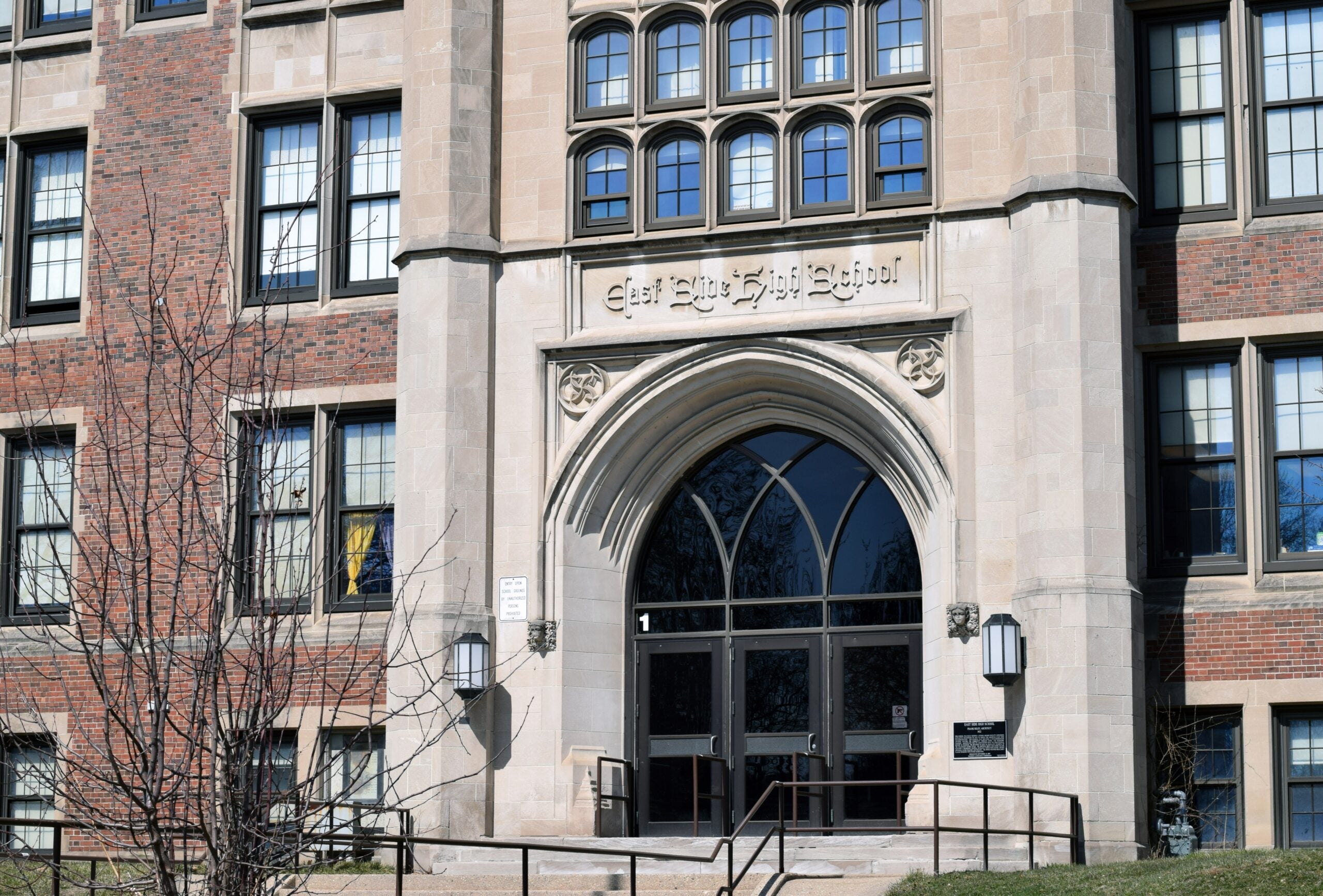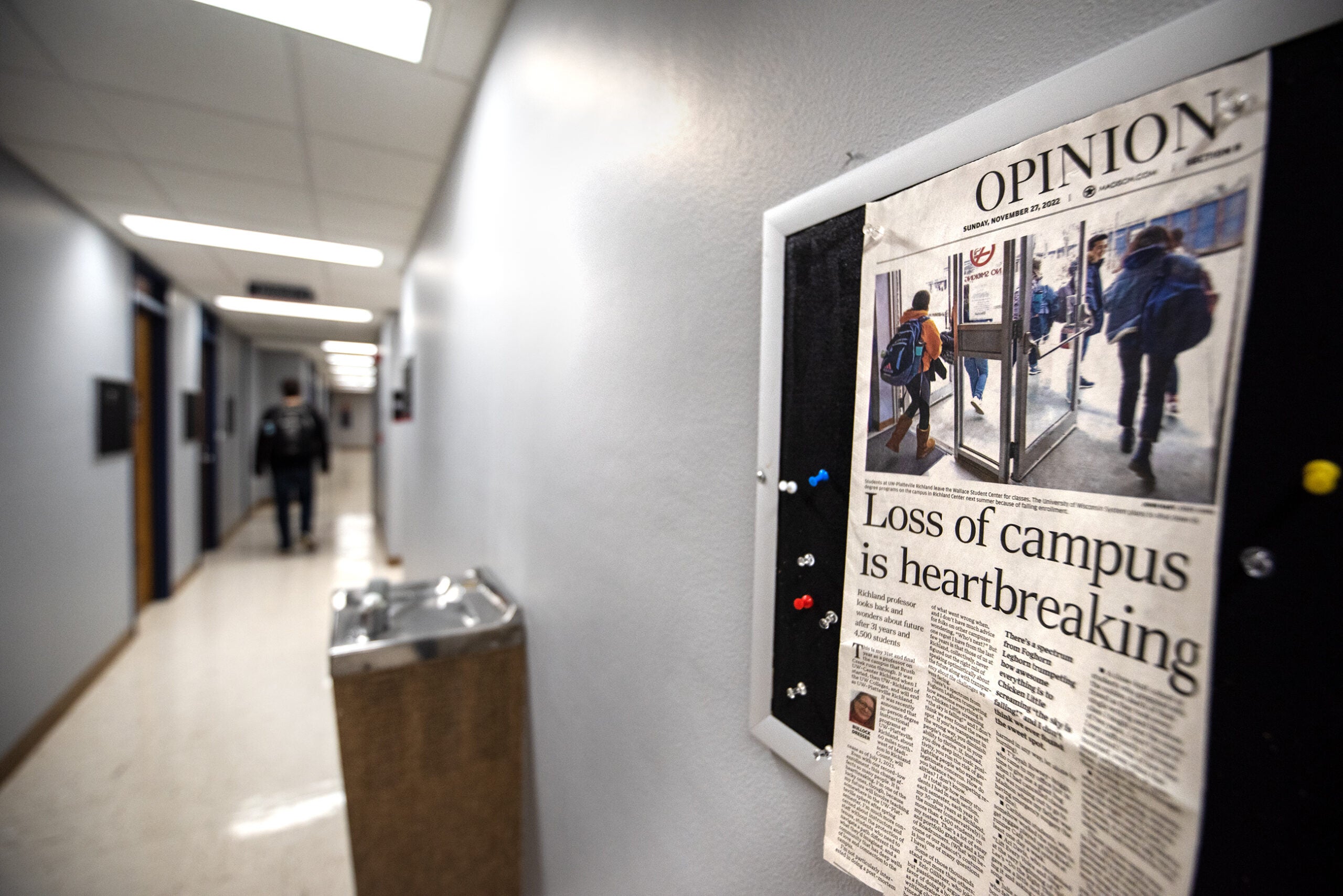Officials at rural schools say they’re happy Gov. Scott Walker is proposing more money for Wisconsin’s rural districts, but they say not all of it will make it to the classroom.
This week Walker released a funding proposal to help rural districts with “unique challenges” like high transportation costs and declining enrollment. The governor’s plans includes an additional $20 million in sparsity aid for districts with fewer than 745 students and an extra $25 million to help with high-cost transportation for rural districts that must travel farther to bus students.
Lake Holcombe School District Superintendent Jeff Mastin said the new transportation aid is welcome.
Stay informed on the latest news
Sign up for WPR’s email newsletter.
“We’re anticipating about a $60,000 gain in that area,” Mastin said. “So, that will help us. However, the sparsity aid on the other side, that is not new money. That is just reallocated.”
However, sparsity aid is new aid for school districts that is not subject to revenue limits, said Tom McCarthy, a spokesman with the state Department of Public Instruction.
Bayfield School District Superintendent David Aslyn said his district will be able to leverage the sparsity aid increase. He said because of declining enrollment Bayfield schools have lost 15 percent of their state funding in recent years. The increased sparsity aid will mean an additional $40,000, Aslyn said.
“The increase in sparsity aid certainly will have a positive impact on our students here in the school district of Bayfield if it goes through as proposed,” Aslyn said.
Increased transportation aids will also have an impact, said Aslyn. He said that’s because they have the added transportation cost of having to transport some students across the Chequamegon Bay from nearby Madeline Island.
Editor’s Note: This story was updated Friday, Feb. 3 to clarify Gov. Scott Walker’s proposed increase in sparsity aid funding does not apply to revenue limits.
Wisconsin Public Radio, © Copyright 2025, Board of Regents of the University of Wisconsin System and Wisconsin Educational Communications Board.





